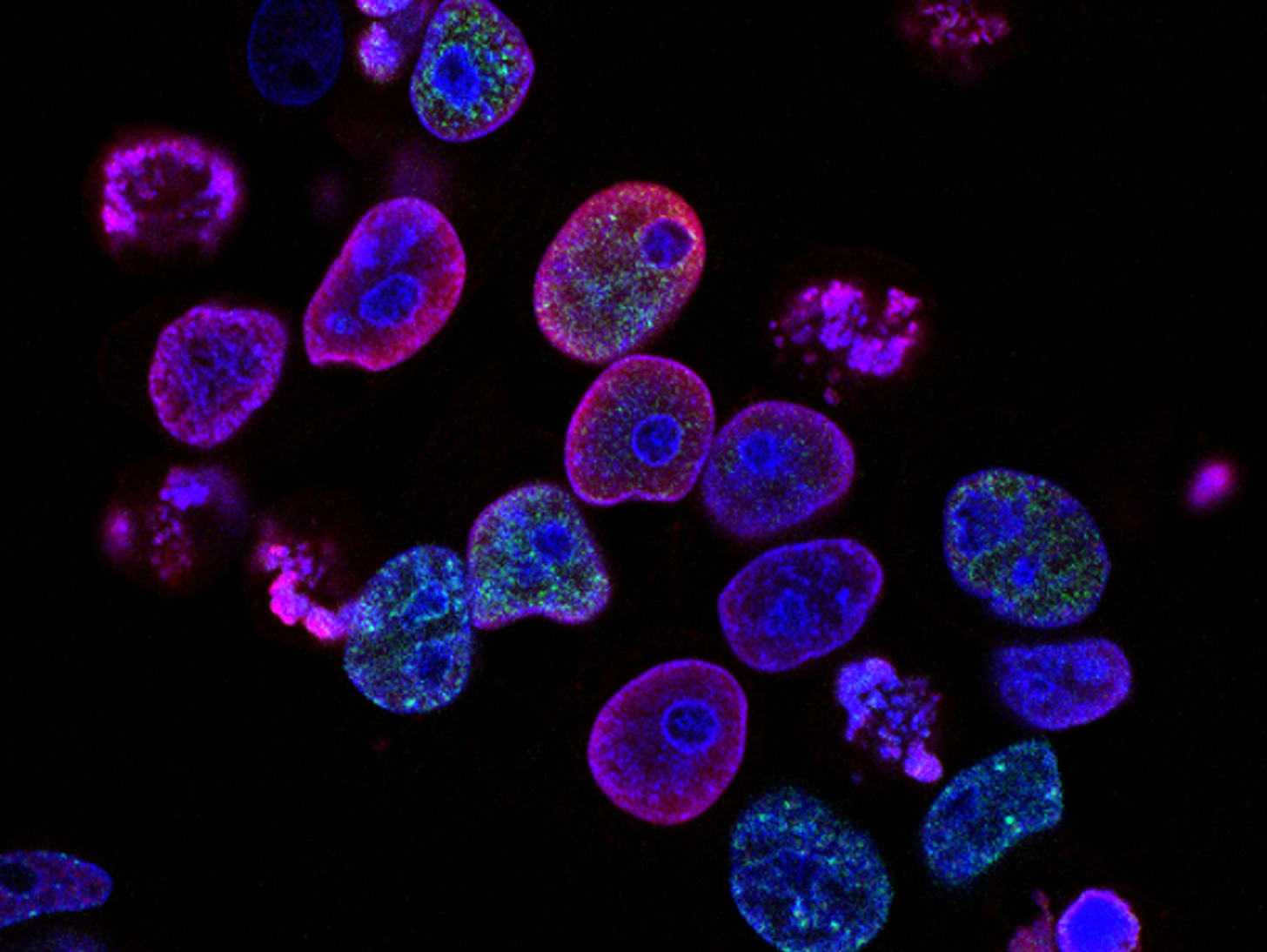The new wave of science and research models
There has been an increasing amount of experimentation in the philanthropic and scientific funding space over the past few years.
There has been an increasing amount of experimentation in the philanthropic and scientific funding space over the past few years. This is good news — as I mentioned in my last post, we need better ways to fund crazy ideas.
Here’s a sampling of some of the recent efforts:
The Astera Institute — Pursuing new tech areas through multiple models including FROs, PARPA (based on the DARPA model).
Fast Grants — An effort by Tyler Cowen, Patrick Collison and others to quickly disburse grant money to COVID-related ideas. Funded by many wealthy donors and philanthropies. Impetus Grants for longevity research was recently launched and inspired by Fast Grants.
New Science — Funding life science labs outside of academia. Partly funded by Vitalik Buterin.
Arcadia Science — Bio research institute.
Arc Institute — Funds individuals similar to HHMI, in partnership with Stanford, Berkeley, and UCSF. Founded by Fast Grants “alumni” Silvana Konermann, Patrick Hsu, and Patrick Collison.
Convergent Research — Uses focused research organizations (FROs) to solve specific scientific or technological problems. Funded by Eric Schmidt’s philanthropy.
Altos Labs — Biotech lab, another “academia outside of academia” model.
VitaDAO — A DAO-based longevity funding org where holders get a cut of IP proceeds.
Actuate — Also using the DARPA approach to fund and implement R&D.
FTX Future Fund — A non-profit fund from the FTX crypto exchange, aiming to allocate at least $100M this year to a wide variety of long-term focused areas.
In “Illegible Medicis and Hunting for Outliers” Rohit observes that:
There are two common themes here. That’s speed and autonomy. They mostly act under the assumption (the correct assumption it would seem from a betting lens) that they can identify talent, not bug them excessively, and leave them to do their thing. Instead of imposing rules and strictures and guidelines, they focus on letting the innate megalomania do the work of focusing their research.
The academic and government driven funding models have come up against their limits in recent years (decades?). These experiments provide new methods to allocate capital to research, development, and implementation of efforts that for whatever reason aren’t amenable to the startup funding ecosystem.
Prior to World War II, support from non-government or educational institutions was the norm. Patrons like Alfred Loomis ran a lab at Tuxedo Park, hosting scientists and engineers from around the world that was integral in the creation of radar. Funding was provided by philanthropies from the likes of Carnegie and Rockefeller. Or private R&D from Edison, Bell Labs or Cold Springs Harbor Lab.
These past models are still doing well of course — HHMI, the Gates Foundation, Google X, etc. — but much more is needed to expand experimentation. The government can continue to play a valuable role, particularly as a buyer of first resort.
I’m super excited to see what comes from these orgs. A few like Fast Grants have already had some impact.
For more on the topic, see:
The Overedge Catalog — an updated list of atypical research organizations.
Understanding science funding in tech, 2011-2021, by Nadia Eghbal.
Cover photo by The National Cancer Institute, Unsplash.



